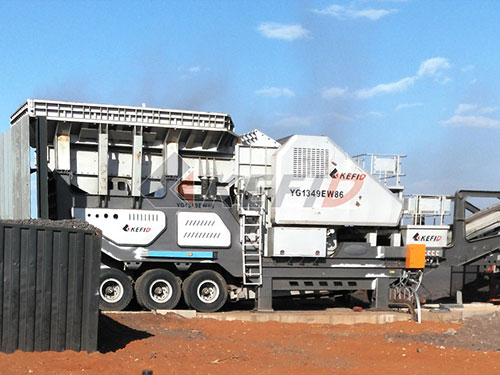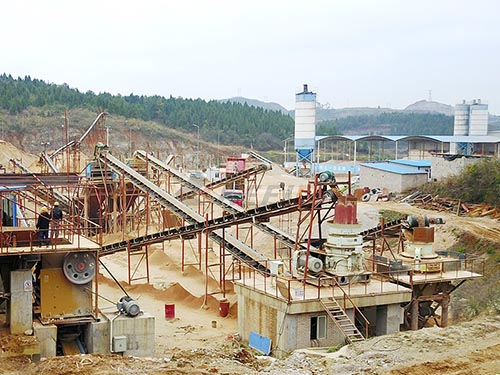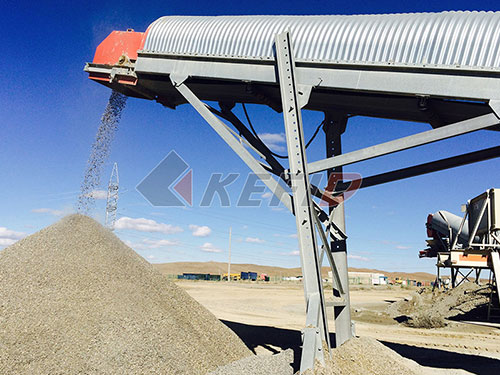The Efficient Breaker: Understanding the Single Toggle Jaw Crusher Working Principle
The single toggle jaw crusher stands as a cornerstone of primary crushing technology in mining, aggregate production, and recycling operations globally. Renowned for its relative simplicity, robust design, and high capacity potential, its effectiveness hinges on a straightforward yet powerful mechanical principle driven by an eccentric shaft. Understanding this working principle is key to optimizing performance and maintenance.

Core Components:
Before delving into motion, let’s identify the key players:
1. Fixed Jaw: Stationary crushing surface mounted directly to the crusher frame.
2. Moving Jaw: Swings in an elliptical path towards and away from the fixed jaw; houses replaceable wear plates (“jaw dies”).
3. Eccentric Shaft: The central rotating element with an offset lobe (eccentric). This offset generates the necessary motion.
4. Pitman: The robust moving arm connecting the eccentric shaft directly to the bottom of the moving jaw.
5. Toggle Plate: A critical safety and mechanical link positioned behind/below the pitman at its rear end, bearing against either a rigid rear frame element or an adjustment block.
6. Flywheels: Large wheels mounted at each end of the eccentric shaft to store rotational energy during idle strokes and smooth out peak power demands during crushing.
7. Discharge Setting Adjustment Mechanism: Typically involves wedges or hydraulic systems acting against the toggle plate assembly to raise/lower it relative to the frame, thereby changing the minimum gap between jaws at their bottom point.
The Working Principle: An Elliptical Crushing Path
The magic lies in converting rotary motion into reciprocating compression:

1. Power Application & Rotation: An electric motor drives one of the flywheels via belts/sheaves/pulleys or directly via couplings/cardan shafts.
2. Eccentric Action: As this flywheel rotates, it turns the eccentric shaft within heavy-duty bearings mounted in the crusher frame.
3. Pitman Movement: The offset lobe (eccentric) on this shaft forces its attached end of the pitman to move in a distinct elliptical path.
4. Moving Jaw Motion: Since the pitman is rigidly connected to the bottom of the moving jaw:
On its upward stroke (towards the fixed jaw), it pushes the entire moving jaw upwards and forwards towards the fixed jaw.
On its

Leave a Reply